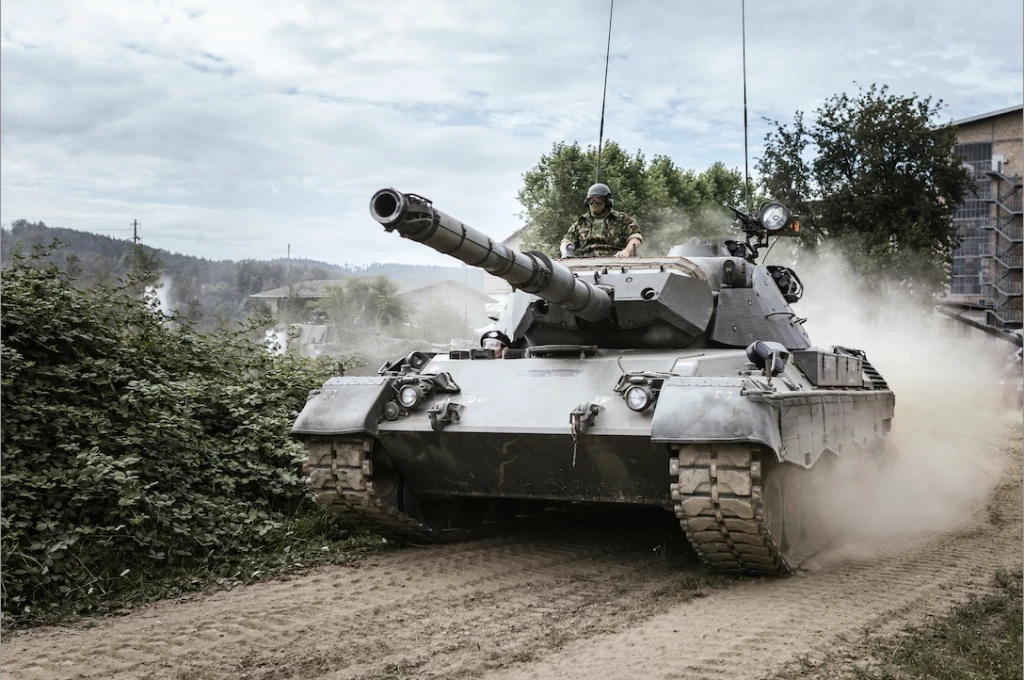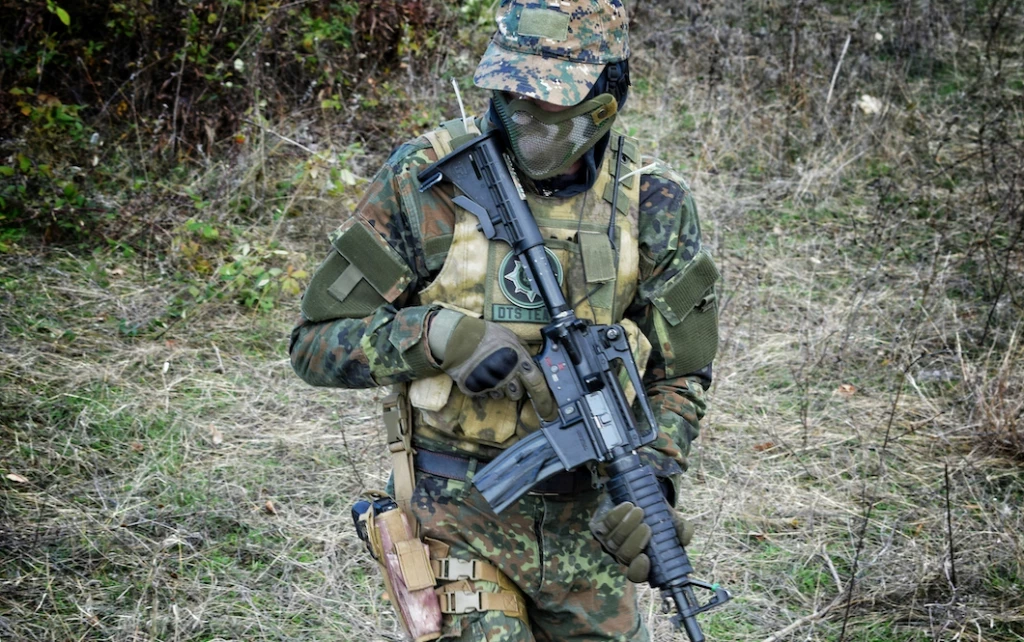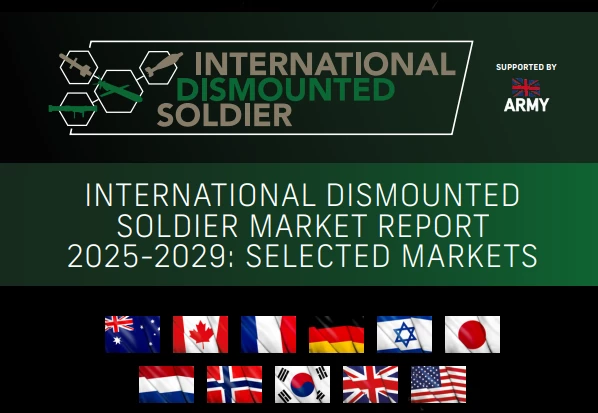Is Colombia’s peace process just a 'road to El Dorado'?
Add bookmarkYesterday, in a historic referendum, the population of Colombia decided to vote “No” to the peace agreement that would have officially ended 52 years of conflict. 50.22% of the electorate ruled against President Juan Manuel Santos’s proposed deal with the FARC.
Former Colombian President Alvaro Uribe, leader of the opposition and supporter of the No campaign, declared after the results was announced that he wants to contribute to a peace deal with Marxist guerrillas. Although the referendum has the agreement on hold, Uribe made clear that all Colombians want peace, but the deal needs “corrections”.
Opponents of the peace deal have also called for reforms. The main point that convinced half of the electorate to deem this agreement short of satisfactory was the notion of ‘impunity’. They propose instead that members of the organisation accused of crimes against humanity face mandatory jail time rather than a ‘restriction of liberty’ proffered in the current deal. They also demand that FARC leaders are barred from running for any institutional position.
“Nothing justifies the election of [Commander in Chief] Timochenko for the Senate or for the Presidency,” one of Uribe supporters told the Colombian press.
While the peace agreement itself was considered a milestone in the country’s history, and the result on Sunday will be considered a disappointment by many, there are reasons to not be totally pessimistic when it comes to a peaceful future. The result may well pave the way for renegotiations and possibly a better agreement, as No voters were undoubtedly intending to trigger.
Is it possible then that the hard learned lesson of this referendum and its long negotiations will lead to a more stable future for Colombians and begin to heal its wounds? History shows that a peace agreement, even if ratified by the population, does not necessarily mean stability. Although they are an ocean apart, Colombia shares similarities with the situation Northern Ireland found itself in following the Troubles.[inlinead]
The Good Friday Agreement, signed in 1998 between Northern Ireland's political parties and the British and Irish governments, proclaimed the official end of the civil conflict that tore the country apart for four decades. However, four months later, the Omagh bombing took place, marking the single worst terrorist incident in the country’s history. The aim of the perpetrators – dissident republicans – was to maim the Northern Ireland peace process, which they considered a betrayal of republican ideals. The IRA scenario shows that while hands can be shaken and treaties can be signed, the achievement of securing peace is always an unpredictable and often violent path. Although the circumstances and complexities are different in many ways, the surface resemblance to Colombia’s current situation could give some reassurance to Santos and his administration that a ‘postponed peace’, including the opposition’s suggested amendments and the extent to which these may apply to other anti-government entities in the country, may unlock bigger doors.
Will it be possible for Colombia to renegotiate this deal or will FARC dissidents – or indeed the National Liberation Army (ELN) – sabotage any attempt to stability in reprisal?
First Front, the rebel group responsible for providing FARC with some of its biggest monetary assets, announced back in July that it will not demobilise. This unit controls one of the country’s largest coca cultivation areas of Colombia and exercises control over parts of the trafficking routes to Venezuela and Brazil.
“We will continue our struggle to take power for the people, independent of the decision of the rest of the fighters or the guerrilla organisation,” said a spokesman for the group.
The presence of dissidents within FARC could signal the end of this fragile peace as much as the referendum result could signal the end of a new, more peaceful chapter for Colombia. In order to ensure that all parties sit down again at the negotiation table, trust is of the essence. A single episode of violence by existing or former FARC members could hamper the talks and lead Colombia into chaos. But First Front’s stubbornness is not the only risk.
Ivan Briscoe, Latin America programme director for the International Crisis Group (ICG), wrote in Newsweek that “others might follow [the dissidents] or possibly swap to the National Liberation Army, Colombia’s other guerrilla force, which remains combat-ready.”
The ELN has been woven within the tapestry of Colombian conflict since 1964, and like the FARC, it advocates a composite communist ideology of Marxism and liberation ideology. They began preliminary peace talks in March 2016. After months of stalling, it was announced on 29 September that the group would work with Santos to reach a deal along the same lines as the FARC agreement. However, Sunday’s result may change all that.
Kristian Herbolzheimer, director of the Conciliation Resources Colombia programme, an independent international organisation working with people in conflict to prevent violence, stated that “without the ELN, peace will not be full.”
In an effort to circumvent this risk, renewed negotiations with FARC could offer a chance to include ELN in the same peace talks, which, according to Kristian, should be considered a “priority as a matter of political coherence on the part of the government and also for practical reasons.”
This ‘El Dorado’ scenario would be a deal with both the FARC and the ELN which includes at least the key changes proposed by current No voters. It could ensure stability on all fronts. The dissidents would be greatly out numbered by the common front created with the backing of both guerrilla groups. Continued cooperation would be viable through a shared interest to ensure the peace deal remains in place. As far as the government is concerned, Santos and Uribe will be singing from the same sheet.
Of course, El Dorado was a myth. Just as the Spanish never found their prize, so too could Colombia find their hopes dashed.
The ELN has been described as “more ideological than the FARC” and its apparent commitment in helping a disadvantaged segment of the population leaves “little room for compromise” among its ranks. Rather than being invited by the government on the premise of a mutual goal, the ELN may seek to exploit the outcome of Sunday’s Referendum to join the FARC at the table. This could complicate matters. The ELN exhibits a “profound distrust of the country’s ruling class” which will add another bitter dimension to the proceedings. For their own demands, the ELN may target constitutional or structural changes, and the opposition is heavily against any kinds of constitutional substitution. With these three pillars in contention, there is a risk that all may stall in the hopes that another may simply collapse over time.
Another possible scenario is a peace deal struck successfully with FARC but nothing concrete reached with the ELN. In this case, the ELN could seek to take over former FARC coca plantation, increase its narco-trafficking efforts, and increase the size and power of its ranks to fill the void left by the biggest guerrilla group in the country. The government would then find itself having to slay or sedate a much bigger beast. Already there is concern that criminal organisations are waiting in the wings to take over the FARC’s narco-enterprises, stoking fears of new drug wars even without ELN involvement.
The road to peace in Colombia is therefore a forced march that involves every Colombian national. The opposition’s certainty that new negotiations will take place and that a better peace will be achieved is not yet supported by any concrete evidence. Even if diplomatic talks restart today, the outcome is far from guaranteed. New dynamics have emerged in the last month alone, with new actors joining the debate. The result of the referendum, meanwhile, shows that the average Colombian will not settle for a diluted treaty, piling more pressure on the government to get it right next time or risk serious disenfranchisement. The government will also have to reconcile opposing demands, finding compromise without hurting its own long-term interests, propose solutions that are feasible for the FARC to accept but that satiate equally the nation’s deep hunger for justice, and finally achieve all of this as quickly as possible before any further violence tips the boat.






















